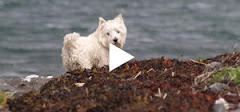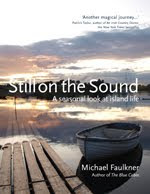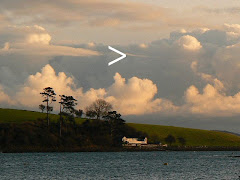I'm jumping the gun a bit here, but I'm not sure I'll get to the blog tomorrow, the sixty-fourth anniversary of one of the most remarkable moments in aviation history.
On 2nd November 1947, off Long Beach, California, Howard Hughes took the controls of the H-4 flying boat, the largest aircraft ever built (I mean at the time, but as a matter of fact it had a wider wingspan than a Boeing 747), and taxied to and fro several times over the course of a couple of hours before accellerating to takeoff speed and lumbering into the air. He remained airborne for almost a mile, flying 70ft above the water and reaching a speed of 135mph – whether intentionally or not we'll never know, because when the chief designer asked Hughes later, that's what he said: 'You'll never know.'
Already controversial because of the enormous government investment in its development, and rendered obsolete two years before by the end of the war in the Pacific (it had been conceived as a troop and transport carrier), the H-4 would never fly again. Hughes had it sent to a climate-controlled hangar where a permanent crew of 300 maintained it in good flying order until his death in 1976, firing up the eight Pratt and Whitney radial engines once a month for twenty-nine years.
Detractors called the H-4 the 'Spruce Goose', a name which naturally, and to Howard Hughes's eternal dismay, stuck. It's a misnomer, because although the airframe was built entirely from timber and fabric (!), the wood was birch, not spruce.
For a fascinating portrait of Howard Hughes I can recommend Howard, The Amazing Mr.Hughes by Noah Dietrich, which is available from Amazon here. It's no longer in print, more's the pity, and a used copy will cost you almost £40. I must try to find mine..
Tuesday, 1 November 2011
blog comments powered by Disqus
Subscribe to:
Post Comments (Atom)















